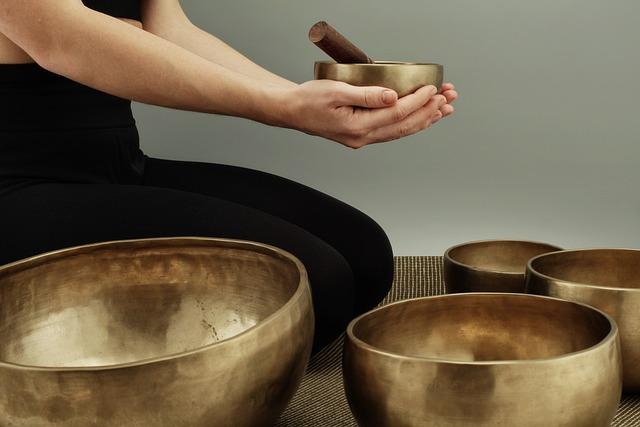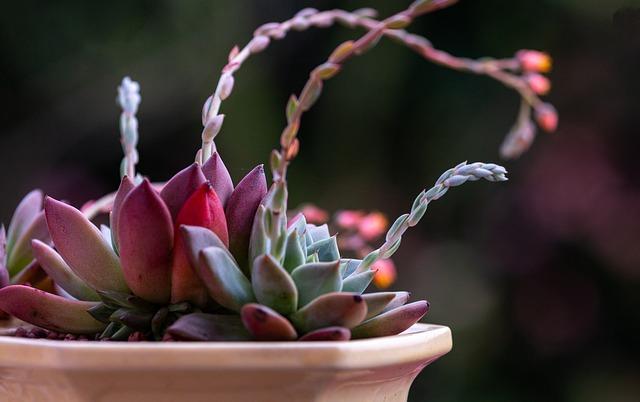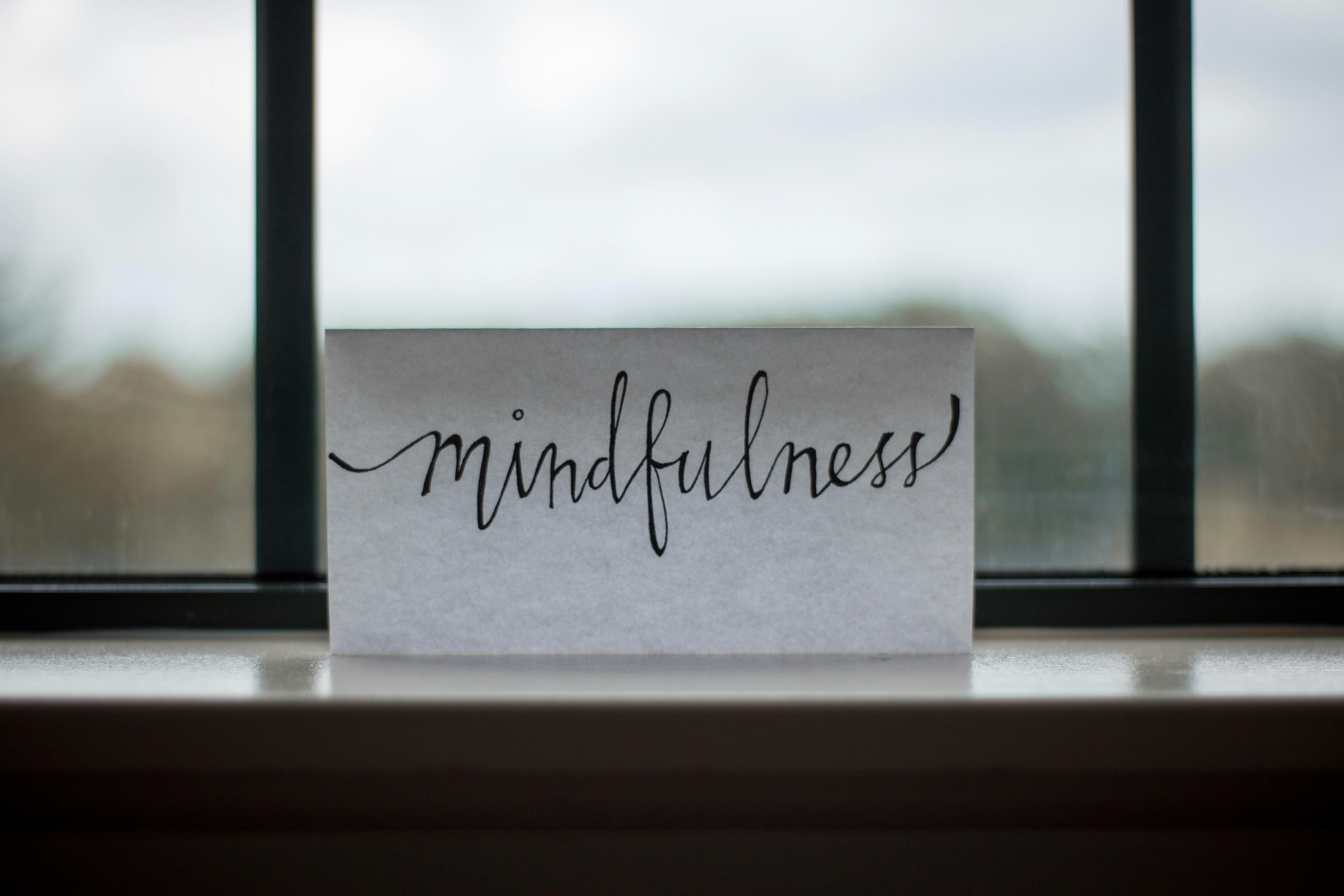In the bustling tapestry of modern life, where the clamor of daily demands often drowns out the whisper of inner peace, many seekers are turning inward, exploring the ancient art of chakra meditation. This timeless practice, rooted in the rich traditions of Eastern spirituality, offers a pathway to harmonizing the body’s energy centers, or chakras, which are believed to influence our physical, emotional, and spiritual well-being. As we embark on this journey of discovery, we invite you to delve into the world of chakra meditation—a practice that promises not just a fleeting sense of calm, but a profound realignment of energies that can bring balance to the chaos of contemporary existence. Whether you’re a seasoned meditator or a curious novice, exploring the depths of your own energy can reveal a spectrum of possibilities, inviting you to cultivate a life of equilibrium and vitality.
Understanding the Seven Chakras and Their Roles in Energy Flow
The concept of chakras, originating from ancient Indian traditions, describes the seven primary energy centers in the body. Each chakra is believed to influence specific physical, emotional, and spiritual aspects of our being, contributing to overall harmony and balance. The flow of energy through these chakras can be likened to a river, nourishing and sustaining the essence of life within us. Understanding the unique role of each chakra is essential for those seeking to enhance their energy flow through meditation.
- Root Chakra (Muladhara): Located at the base of the spine, it grounds us and provides a sense of stability and security.
- Sacral Chakra (Svadhisthana): Situated in the lower abdomen, it governs creativity, sexuality, and emotional expression.
- Solar Plexus Chakra (Manipura): Found in the upper abdomen, it is the center of personal power, self-esteem, and confidence.
- Heart Chakra (Anahata): At the center of the chest, it connects us to love, compassion, and emotional balance.
- Throat Chakra (Vishuddha): Located at the throat, it facilitates communication and self-expression.
- Third Eye Chakra (Ajna): Between the eyebrows, it is the seat of intuition, insight, and spiritual awareness.
- Crown Chakra (Sahasrara): At the top of the head, it represents enlightenment and the connection to the divine.
Through the practice of chakra meditation, individuals can focus on each energy center, using visualization and affirmations to clear blockages and promote a free flow of energy. This holistic approach not only enhances personal well-being but also fosters a deeper connection with the universe and the self.

Techniques for Awakening and Balancing Your Chakras
Chakra meditation is a powerful tool for cultivating harmony and energy balance within the body. By focusing on each of the seven chakras, you can awaken and realign your energy centers, promoting both physical and emotional well-being. Here are some effective techniques to incorporate into your practice:
- Visualization: As you meditate, visualize each chakra as a vibrant, spinning wheel of light. Start from the root chakra at the base of your spine and move upward, imagining each chakra glowing brighter and more balanced with each breath.
- Sound Healing: Incorporate the use of specific sounds or mantras, such as “LAM” for the root chakra or “OM” for the crown chakra, to resonate with each energy center. The vibrations can help to clear blockages and enhance the flow of energy.
- Color Therapy: Focus on the color associated with each chakra during your meditation. Envision yourself surrounded by that color, allowing its energy to infuse and balance the corresponding chakra.
- Essential Oils and Crystals: Use essential oils like lavender or peppermint and crystals such as amethyst or rose quartz to enhance the meditation experience. Place them on the body or around your space to amplify the energy work.
These techniques, when practiced regularly, can lead to a profound sense of balance and alignment, enriching your journey toward holistic wellness.

Practical Chakra Meditation Exercises for Daily Practice
Engaging in chakra meditation can be a transformative practice, inviting harmony and vitality into your daily life. Here are some practical exercises to integrate into your routine:
- Root Chakra Grounding: Begin by sitting comfortably with your feet firmly planted on the ground. Visualize a red light at the base of your spine, radiating warmth and stability. Feel this energy rooting you deeply into the earth, fostering a sense of safety and connection.
- Sacral Chakra Flow: To balance creativity and emotions, imagine an orange glow swirling in your lower abdomen. Pair this visualization with gentle hip circles or fluid dance movements, allowing your body to express and release pent-up energy.
- Heart Chakra Expansion: Focus on a vibrant green light in your chest, envisioning it expanding with each breath. Practice loving-kindness meditation by silently repeating phrases of compassion, such as “May I be happy, may I be healthy.”
Incorporating these exercises into your meditation practice can help you cultivate a balanced energy flow, enhancing both your mental clarity and emotional well-being.

Common Challenges and How to Overcome Them in Chakra Meditation
While chakra meditation can be a transformative practice, it’s not uncommon to encounter certain obstacles along the way. One frequent challenge is the difficulty in maintaining focus. Many practitioners find their minds wandering, which can disrupt the energy flow. To counter this, consider starting your meditation with a few minutes of deep breathing or using guided meditation apps specifically designed for chakra work. Another approach is to incorporate visual aids, like chakra charts or crystals, to help maintain concentration.
- Emotional Blockages: It’s not unusual to encounter emotional resistance, especially when working with chakras associated with personal trauma or stress. Acknowledge these emotions and let them flow without judgment. Journaling before or after meditation can provide an outlet for processing these feelings.
- Physical Discomfort: Sitting for extended periods can lead to discomfort or pain, distracting from the meditation process. Ensure your seating is comfortable, perhaps using cushions or a supportive chair. Regular stretching or yoga can also prepare your body for longer meditation sessions.
Remember, consistency is key. Overcoming these challenges may take time, but with patience and persistence, chakra meditation can become a rewarding practice that enhances your energy balance.
In Summary
As we draw the curtain on our exploration of chakra meditation for energy balance, it becomes evident that this ancient practice offers a pathway to inner harmony and vitality. Through the delicate art of aligning and awakening our chakras, we open doors to a deeper understanding of ourselves and the energies that shape our existence. Whether you are a seasoned practitioner or a curious newcomer, the journey through your own energy centers is a personal odyssey, inviting you to connect with the subtle currents that flow within.
As you continue on your path, remember that chakra meditation is not a destination but a continual journey of self-discovery and balance. Each meditation, each moment of mindfulness, serves as a stepping stone toward a more centered and vibrant life. Embrace the practice with patience and openness, allowing it to illuminate the intricate tapestry of your being.
exploring chakra meditation is about more than just energy balance; it’s about nurturing a harmonious relationship with yourself and the world around you. May this exploration inspire you to delve deeper, to seek balance, and to find peace within the vibrant spectrum of your own energy.
